Home>Storage Ideas>Kitchen Storage>How Do Air Fryers Work? Why You Should Add One Your Wish List Now
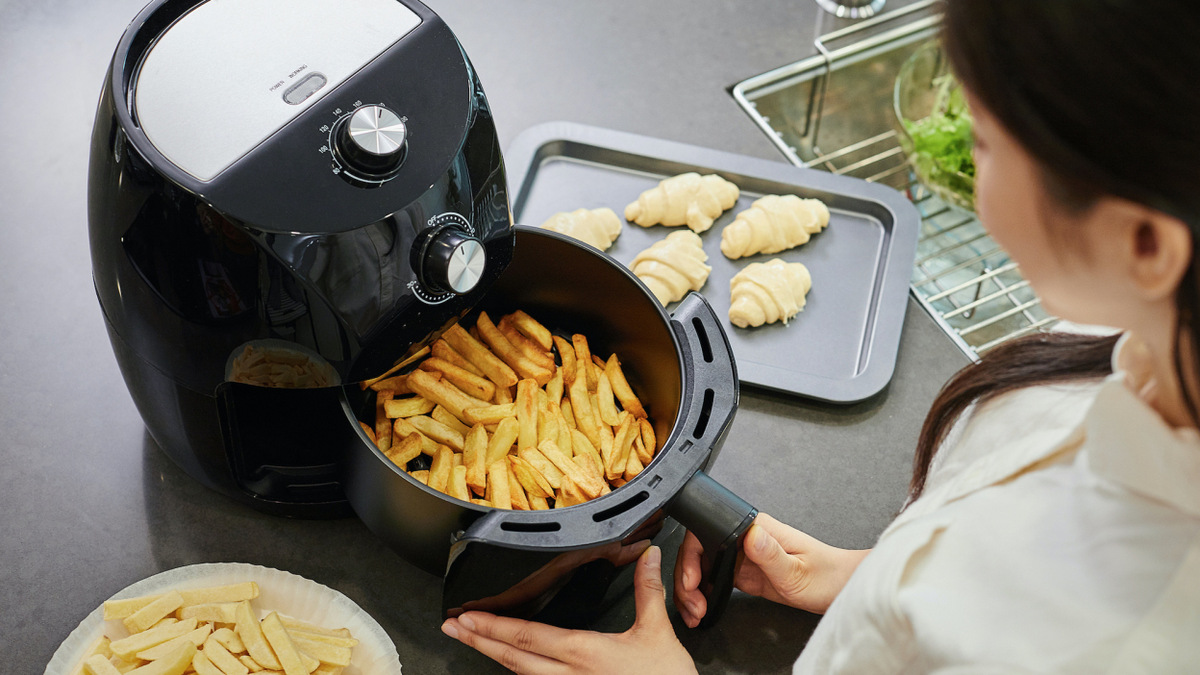

Kitchen Storage
How Do Air Fryers Work? Why You Should Add One Your Wish List Now
Modified: February 20, 2024
Discover how air fryers work and why you should add one to your wish list now. Explore helpful kitchen storage ideas for a clutter-free space.
(Many of the links in this article redirect to a specific reviewed product. Your purchase of these products through affiliate links helps to generate commission for Storables.com, at no extra cost. Learn more)
Introduction
Welcome to the fascinating world of air fryers! If you are on a quest for healthier cooking methods that preserve flavor and texture without sacrificing indulgence, then you’ve come to the right place. In this article, we will embark on a journey to unravel the secrets behind air fryers and why they should be at the top of your kitchen wish list.
Nowadays, people are becoming more health-conscious and seeking ways to enjoy their favorite foods without the guilt. Traditional frying methods often require using large quantities of oil, which can lead to excess saturated fats and unwanted calories. This is where air fryers come to the rescue, offering a healthier alternative that mimics the crispiness and deliciousness of deep-fried food.
So, how do air fryers work their magic? In essence, these innovative kitchen appliances use a powerful heating element and high-speed air circulation to cook food. By rapidly circulating hot air around the ingredients, air fryers create a crispy outer layer while cooking the inside evenly. This results in dishes that are delightfully golden and crispy, yet healthier since they require significantly less oil.
The popularity of air fryers has soared in recent years due to their ability to transform everyday cooking. From french fries and onion rings to chicken wings and even desserts, air fryers can handle a wide variety of dishes with ease. Their versatility and efficiency make them a must-have for food enthusiasts, busy individuals, and health-conscious households.
Throughout this article, we will delve into the science behind air fryers, exploring their key components, benefits, and even providing some useful tips and tricks for using them effectively. Whether you are a seasoned chef or someone just starting their culinary journey, the information presented here will empower you to make informed decisions and make the most of your air fryer.
So, get ready to embark on a flavorful adventure as we discover the world of air fryers, uncover their secrets, and learn how they can enhance your cooking experience. Let’s dive in!
Key Takeaways:
- Air fryers offer a healthier, guilt-free way to enjoy crispy, delicious meals with reduced oil usage, time efficiency, and enhanced flavors, making them a valuable addition to any kitchen.
- Understanding the science behind air fryers, utilizing key components, and following tips for optimal results empowers you to embark on a flavorful culinary journey with the versatile and convenient air fryer.
Read more: Why You Should Work In Construction
Understanding Air Fryers
Before we delve into the inner workings of air fryers, it’s important to have a clear understanding of what they are and how they differ from traditional frying methods.
An air fryer is a kitchen appliance that uses hot air circulation to cook food, providing a healthier alternative to deep frying. It works by circulating air rapidly around the food at high temperatures, creating a crispy exterior while retaining the moisture inside.
What sets air fryers apart from conventional deep fryers is their ability to achieve similar results using significantly less oil. While deep frying requires submerging food in oil, air fryers typically only need a few tablespoons of oil or, in some cases, no oil at all. The hot air circulating inside the appliance creates the texture and flavor we associate with fried food, without the added calories and excessive oil absorption.
One of the main advantages of air fryers is their versatility. They can handle a wide range of foods, including but not limited to fries, chicken nuggets, fish fillets, and even baked goods. With adjustable temperature settings and cooking times, air fryers allow for precise control over the cooking process, ensuring optimal results each time.
Another significant factor to consider is the time-saving aspect of air fryers. Unlike traditional frying methods, which require preheating oil and monitoring the cooking process carefully, air fryers offer quicker cooking times. The hot air circulating within the appliance cooks the food more rapidly, reducing overall cooking time and making it a convenient option for busy individuals.
Moreover, air fryers are known for their ability to produce a crispy texture without the need for excessive breading or batter. This can be particularly beneficial for those looking to reduce their carbohydrate intake or follow specific dietary restrictions.
It’s worth mentioning that while air fryers are a fantastic addition to any kitchen, they do have some limitations. Certain foods, such as those with a high water content or delicate textures, may not achieve the same results as deep frying. It’s important to understand the capabilities of an air fryer and choose appropriate recipes to ensure successful outcomes.
Now that we have a solid understanding of what air fryers are and how they work, let’s dive deeper into the science behind these innovative kitchen appliances to gain a better grasp of their mechanisms.
The Science Behind Air Fryers
At first glance, it may seem like magic – how can an appliance create crispy and delicious food without using copious amounts of oil? The answer lies in the science behind air fryers.
Air fryers utilize a combination of heat and high-speed air circulation to mimic the results of traditional deep frying. The heating element inside the appliance generates intense heat, which is then distributed evenly throughout the cooking chamber. As the air circulates at a rapid pace, it comes into contact with the food, creating a Maillard reaction.
The Maillard reaction is a chemical reaction that occurs between amino acids and reducing sugars when subjected to high heat. This reaction is responsible for the browning and flavor development that we associate with fried food. In traditional frying, this reaction primarily occurs due to the immersion of food in hot oil. However, in an air fryer, the hot air circulating around the food initiates the Maillard reaction, resulting in a crispy and golden exterior.
But what about moist and tender insides? Air fryers excel in maintaining the moisture and juiciness of the food thanks to their rapid air circulation. The hot air quickly evaporates any moisture on the surface of the food, creating a protective barrier. This barrier prevents the interior moisture from escaping, resulting in deliciously tender and juicy food.
Temperature control is another crucial aspect of air fryers. Most models allow you to adjust the temperature to suit the specific requirements of different foods. This flexibility ensures that you can achieve the perfect balance between a crispy exterior and a well-cooked interior. It is worth noting that preheating the air fryer is recommended to ensure even and consistent cooking.
One important factor to consider is that air fryers work best with foods that are already coated in a thin layer of oil or have some natural fat content. While air fryers can achieve excellent results with minimal or no oil, adding a little oil can enhance the browning and crispiness of certain dishes. It is advisable to lightly brush or spray the surface of the food with oil before cooking.
By harnessing the power of hot air and efficient air circulation, air fryers provide a healthier alternative to deep frying while retaining the desirable crispiness and texture of fried food.
Now that we have a grasp of the science behind air fryers, let’s move on to explore the key components that make these appliances so effective in the kitchen.
Key Components of Air Fryers
Inside the sleek and compact exterior of an air fryer lies a clever combination of components that work together to deliver delicious and crispy results. Understanding these key components will give you a better appreciation of how air fryers function.
1. Heating Element: The heating element is the heart of the air fryer. It is responsible for generating the heat required to cook the food. Typically located at the top, the heating element rapidly heats the air inside the cooking chamber to the desired temperature. It is essential for achieving the Maillard reaction that gives food its crispy and flavorful exterior.
2. Fan and Air Circulation System: Air fryers are equipped with a powerful fan that circulates the hot air throughout the cooking chamber. This high-speed air circulation ensures that the heat is evenly distributed around the food, resulting in consistent cooking and browning. The fan also plays a role in evaporating surface moisture, creating that coveted crispy texture.
3. Cooking Basket or Tray: The cooking basket or tray is where you place your food in the air fryer. It is typically made of non-stick material, allowing easy removal of food and convenient cleaning. The basket or tray is designed to allow optimal airflow around the food, ensuring even cooking and browning on all sides.
4. Temperature Control: Most air fryers come with temperature control settings that allow you to adjust the cooking temperature according to the specific requirements of your recipe. This flexibility ensures that you can achieve the perfect balance between a crispy exterior and a thoroughly cooked interior. Preheating the air fryer is recommended to bring it to the desired temperature before cooking.
5. Timer: Air fryers are equipped with a timer that allows you to set the cooking duration. Once the timer reaches the specified time, the air fryer will automatically shut off, ensuring that your food is cooked to perfection without the risk of overcooking.
6. Control Panel: The control panel is where you can select various settings and adjust the temperature and timer. It may include buttons, a digital display, and sometimes even preset cooking options for easy and convenient use.
7. Oil Sprayer: Some air fryers come with a built-in oil sprayer or a dedicated compartment for adding a small amount of oil. This feature allows you to achieve optimal browning and crispiness, especially when cooking foods that naturally have low fat content or when you prefer a bit of added flavor.
These key components work seamlessly together to create the optimal cooking environment inside an air fryer. By harnessing the power of hot air circulation and precise temperature control, air fryers can transform your favorite dishes into healthier versions without compromising on taste and texture.
Now that we understand the key components of air fryers, let’s explore the numerous benefits of incorporating these appliances into your kitchen routine.
Benefits of Using Air Fryers
Air fryers have gained immense popularity in recent years, and for good reason. These versatile kitchen appliances offer a range of benefits that make them a valuable addition to any kitchen. Let’s explore some of the key advantages of using air fryers:
1. Healthier Cooking: One of the most notable benefits of air fryers is their ability to cook food with significantly less oil compared to traditional deep frying. By using hot air circulation instead of submerging food in oil, air fryers can reduce the amount of unhealthy fats and calories in your favorite dishes. This makes them an excellent choice for those who want to enjoy their favorite fried foods in a healthier way.
2. Reduced Health Risks: Excessive consumption of fried foods cooked in large amounts of oil can contribute to various health issues such as obesity, heart disease, and high cholesterol levels. Air fryers provide a way to indulge in fried delicacies without the associated health risks. They help reduce the intake of unhealthy fats while still delivering the crispy texture and delicious taste we love.
3. Versatility: Air fryers are incredibly versatile and can handle a wide range of foods. From crispy french fries and golden chicken wings to juicy grilled vegetables and even baked goods like muffins or brownies, air fryers can do it all. Their ability to fry, roast, grill, and bake makes them a valuable multitasking kitchen appliance.
4. Time Efficiency: Air fryers offer a faster cooking time compared to traditional oven baking or stovetop frying. The high-powered heating element and rapid air circulation ensure that food cooks evenly and efficiently. This makes air fryers an ideal choice for busy individuals who want to prepare meals quickly without compromising on taste or quality.
5. Energy Efficiency: Air fryers use a fraction of the energy required for traditional ovens or stovetops. They heat up quickly and maintain a consistent temperature throughout the cooking process, reducing overall energy consumption. This energy efficiency not only saves you money on your utility bills but also benefits the environment by reducing your carbon footprint.
6. Easy to Use and Clean: Air fryers are designed to be user-friendly, with intuitive controls and preset cooking options for convenience. They require minimal supervision during the cooking process, allowing you to attend to other tasks. Additionally, most air fryer components are dishwasher-safe, making cleaning a breeze and eliminating the hassle of scrubbing and soaking greasy pans.
7. Enhanced Flavor and Texture: Despite using less oil, air fryers are still able to create that coveted crispy texture and delicious flavor we associate with fried foods. The hot air circulating around the food creates a Maillard reaction, resulting in that irresistible golden brown exterior. This means you can enjoy your favorite indulgences without compromising on taste or satisfaction.
By incorporating an air fryer into your kitchen arsenal, you can enjoy the benefits of healthier cooking, time efficiency, versatile meal options, and enhanced flavors. Whether you are looking to adopt a healthier lifestyle or simply want to add some excitement to your meals, an air fryer is a worthy investment.
Now that you are familiar with the benefits of using air fryers, let’s explore some useful tips and tricks for getting the most out of your air fryer experience.
Tip: Air fryers work by circulating hot air around food to create a crispy outer layer. They are a healthier alternative to deep frying and can cook food faster than traditional ovens. Consider adding one to your wish list for healthier cooking options.
Tips and Tricks for Using Air Fryers
Now that you have an air fryer in your kitchen, it’s time to master the art of air frying and make the most of this versatile appliance. Here are some helpful tips and tricks to ensure optimal results every time:
1. Preheat the Air Fryer: Preheating your air fryer before cooking is essential to ensure even heat distribution and consistent results. Just like with traditional ovens, preheating helps achieve that desired crispiness and minimizes cooking time. Most air fryers have a preheat function or require a few minutes of preheating manually.
2. Avoid Overcrowding: To ensure proper air circulation and even cooking, avoid overcrowding the cooking basket or tray. Leave enough space between food items to allow hot air to circulate freely. If needed, cook food in batches to maintain optimal results.
3. Use a Light Coating of Oil: While air fryers require less oil than traditional frying methods, using a light coating of oil can enhance the crispiness and flavor of certain foods. Use a spray bottle or brush to apply a thin layer of oil to the surface of your ingredients before cooking. This is particularly beneficial for achieving a crispier texture on items like fries or chicken wings.
4. Shake or Flip the Food: Midway through the cooking process, pause the air fryer and shake or flip the food. This helps ensure even browning and prevents any unevenly cooked or stuck-together pieces. However, be cautious when handling the hot basket or tray, and use oven mitts or tongs for safety.
5. Experiment with Seasonings and Spices: Air fryers offer a wonderful opportunity to experiment with different seasonings and spices to elevate the flavor of your dishes. Whether it’s a simple sprinkle of salt and pepper or a blend of your favorite herbs and spices, get creative and try new combinations to enhance the taste of your air-fried creations.
6. Make Use of Accessories: Many air fryers come with additional accessories like grill pans, baking dishes, or skewers. Take advantage of these accessories to expand your cooking options. You can grill vegetables, bake muffins, or even prepare kebabs by utilizing these extra accessories specifically designed for your air fryer.
7. Precook Certain Foods: Some foods benefit from precooking before being air fried. For example, parboiling potatoes or blanching vegetables for a few minutes can help achieve a softer interior while still maintaining a crispy exterior when air fried. Experiment with different cooking techniques to achieve the desired texture and taste.
8. Keep an Eye on Cooking Time: Cooking times can vary depending on the model of your air fryer and the size and type of food you are preparing. It’s important to monitor the cooking process and adjust the time if needed. Start with the recommended cooking time in your recipe and check the food periodically to avoid under or overcooking.
9. Clean Regularly: To maintain the performance and longevity of your air fryer, it’s essential to clean it regularly. Always allow the appliance to cool down before cleaning. Most air fryers have dishwasher-safe baskets or trays, making cleanup a breeze. Wipe down the exterior with a damp cloth to remove any grease or food debris.
These tips and tricks will help you make the most of your air fryer and achieve excellent results with a wide variety of dishes. So, step into the kitchen, get creative, and enjoy the delightful possibilities that your air fryer brings to your culinary adventures.
Now that you’re equipped with these valuable tips and tricks, let’s explore the cleaning and maintenance aspects of air fryers to ensure their longevity and continued performance.
Cleaning and Maintenance of Air Fryers
Proper cleaning and maintenance are essential for keeping your air fryer in optimal condition and ensuring its longevity. Here are some helpful tips to keep your air fryer clean and well-maintained:
1. Unplug and Let It Cool: Before starting the cleaning process, always make sure to unplug your air fryer and allow it to cool completely. This ensures your safety and prevents any potential damage.
2. Wash Removable Parts: Most air fryers have removable parts like the cooking basket, tray, and accessories. Wash these parts with warm soapy water or in the dishwasher if they are labeled as dishwasher-safe. Use a non-abrasive sponge or cloth to avoid scratching the surfaces.
3. Clean the Interior: Wipe the interior of the air fryer with a damp cloth or sponge to remove any oil residue or food particles. Pay close attention to the heating element area and the walls of the cooking chamber. Be sure to avoid getting water on the heating element, as this can cause damage.
4. Remove Stubborn Stains: For stubborn stains or stuck-on food, create a paste with baking soda and water. Apply the paste to the affected area, let it sit for a few minutes, then gently scrub with a soft brush or cloth. Rinse thoroughly afterward.
5. Clean the Exterior: Wipe the exterior of the air fryer with a damp cloth to remove any grease, fingerprints, or spills. Avoid using abrasive cleaners or harsh chemicals that could damage the surface. Dry the exterior thoroughly to prevent any moisture from entering the appliance.
6. Check the Power Cord: Regularly inspect the power cord of your air fryer for any signs of wear or damage. If you notice any fraying or exposed wires, discontinue use and contact the manufacturer for a replacement cord.
7. Avoid Submerging the Appliance: Never submerge the main unit of your air fryer in water or any other liquid. This can cause irreparable damage to the electrical components and pose a safety risk.
8. Maintain the Air Flow Vents: Keep the air flow vents of your air fryer clean and free from any obstructions. Use a soft brush or a toothpick to gently remove any debris from the vents. This ensures proper air circulation and prevents overheating.
9. Store Properly: After cleaning, make sure your air fryer is completely dry before storing it. Store it in a cool, dry place away from direct sunlight and other appliances to prevent any damage or discoloration.
By following these cleaning and maintenance tips, you can keep your air fryer in excellent condition and enjoy delicious and healthy meals for years to come. Remember to consult the manufacturer’s instructions for specific cleaning recommendations tailored to your air fryer model.
Now that you’re well-equipped with knowledge about air fryer cleaning and maintenance, let’s address some frequently asked questions to clear any remaining doubts you may have.
Frequently Asked Questions about Air Fryers
1. Are air fryers healthier than traditional frying methods?
Air fryers are generally considered healthier than deep frying because they use significantly less oil. This results in reduced calorie and fat intake while still achieving a crispy texture.
2. Can I cook frozen foods in an air fryer?
Air fryers are great for cooking frozen foods. They can quickly and evenly cook items like french fries, chicken nuggets, and fish sticks without the need for preheating.
3. Do I need to preheat my air fryer?
Preheating your air fryer is recommended for optimal results, especially when cooking foods that require a crispy exterior. It helps ensure even heat distribution and reduces overall cooking time.
4. Can I use parchment paper or aluminum foil in my air fryer?
Yes, you can use parchment paper or aluminum foil in your air fryer. It helps prevent food from sticking to the basket or tray and makes cleaning easier. Just make sure to follow the manufacturer’s instructions on safe usage.
5. How should I season food for air frying?
You can season food for air frying in several ways. Whether you prefer using dry rubs, marinades, or pre-made seasoning mixes, make sure to evenly coat the food before placing it in the air fryer. This enhances the flavor and adds a delicious touch to your dish.
6. Can I open the air fryer during cooking?
It is generally safe to open the air fryer during cooking to check on the food or shake it. However, be cautious of the hot air that may escape and use oven mitts or tongs to handle the basket or tray.
7. How long does it take to cook food in an air fryer?
Cooking times can vary depending on the type of food and the size of your air fryer. It’s best to refer to recipes or recommended cooking times provided in the manufacturer’s guide. Keep in mind that you may need to adjust the cooking time based on your preferences and the desired level of crispiness.
8. Can I cook multiple foods at once in my air fryer?
You can cook multiple foods at once in your air fryer by using the basket or tray dividers and ensuring that there is enough space for proper air circulation. Be mindful of different cooking times for each food and make adjustments accordingly.
9. Can I reheat food in an air fryer?
Air fryers are excellent for reheating leftovers, as it helps retain the crispiness of fried foods. Simply place the leftovers in the air fryer and heat them at a lower temperature to avoid drying them out.
10. What should I do if my air fryer emits smoke?
If your air fryer starts emitting smoke, immediately turn it off and unplug it. Check for any food remnants or grease buildup that may be causing the smoke. Once the air fryer has cooled down, clean it thoroughly before using it again.
These are some of the most commonly asked questions about air fryers. If you have any further inquiries, refer to the manufacturer’s instructions or consult their customer support for specific guidance.
Now that we’ve covered frequently asked questions, let’s wrap up this article with some final thoughts.
Conclusion
Air fryers have revolutionized the way we cook by providing a healthier alternative to traditional frying methods. With their ability to create crispy, delicious, and guilt-free meals, it’s no wonder they have become a popular kitchen appliance in households worldwide.
Through our exploration of air fryers, we’ve uncovered the science behind their innovative cooking mechanisms. By harnessing the power of hot air circulation and the Maillard reaction, air fryers achieve the crispy exteriors and moist interiors we love in fried foods.
We also explored the key components of air fryers and how they work together to create the optimal cooking environment. From the heating elements and fans to the cooking baskets and temperature control, each component plays a vital role in delivering exceptional results.
The benefits of using air fryers are numerous. With reduced oil usage, air fryers offer a healthier way to enjoy your favorite fried foods without compromising on taste. Their versatility, time efficiency, and energy-saving capabilities make them a convenient and practical choice in any kitchen. Plus, the enhanced flavors and textures they produce take your culinary creations to new heights.
To make the most of your air fryer, we provided valuable tips and tricks, including preheating, avoiding overcrowding, and experimenting with seasonings. We also emphasized the importance of regular cleaning and maintenance to ensure the longevity and continued performance of your air fryer.
Throughout this article, we addressed commonly asked questions about air fryers, offering insights into their usage, cooking times, and safety. By understanding these answers, you can confidently explore the possibilities of your air fryer and create a variety of delicious meals for your family and friends.
In conclusion, air fryers have unlocked a new world of healthier and delicious cooking. They allow you to indulge in your favorite fried foods with less guilt, saving you time and energy while providing exceptional results. Whether you’re a health-conscious individual, a busy professional, or an aspiring chef, an air fryer is a valuable addition to your kitchen repertoire.
So, what are you waiting for? Embrace the power of air frying and embark on a flavorful culinary journey that will open up a world of creativity and healthier cooking options. Get your air fryer today and enjoy the wonders it brings to your kitchen!
Frequently Asked Questions about How Do Air Fryers Work? Why You Should Add One Your Wish List Now
Was this page helpful?
At Storables.com, we guarantee accurate and reliable information. Our content, validated by Expert Board Contributors, is crafted following stringent Editorial Policies. We're committed to providing you with well-researched, expert-backed insights for all your informational needs.



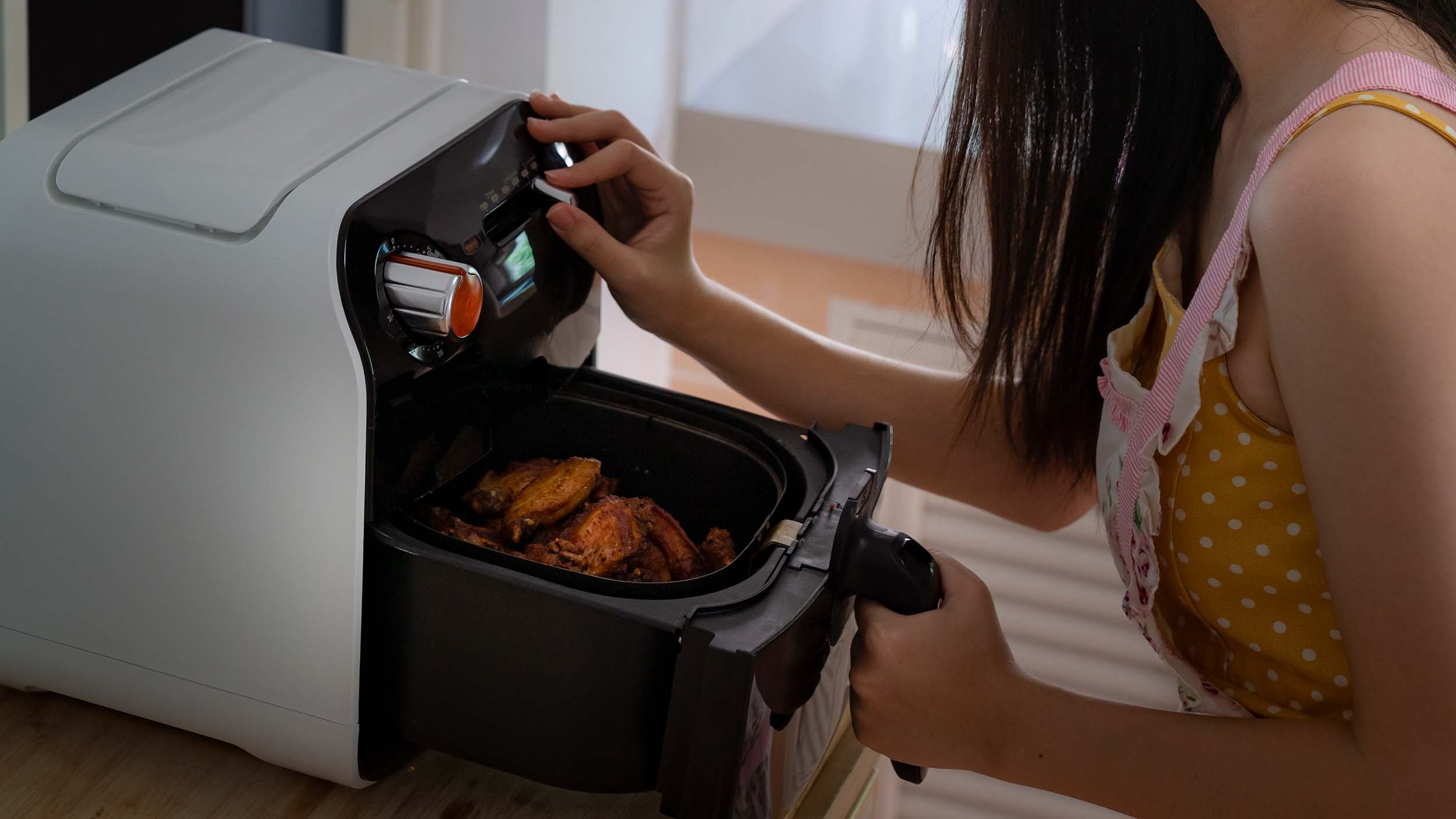



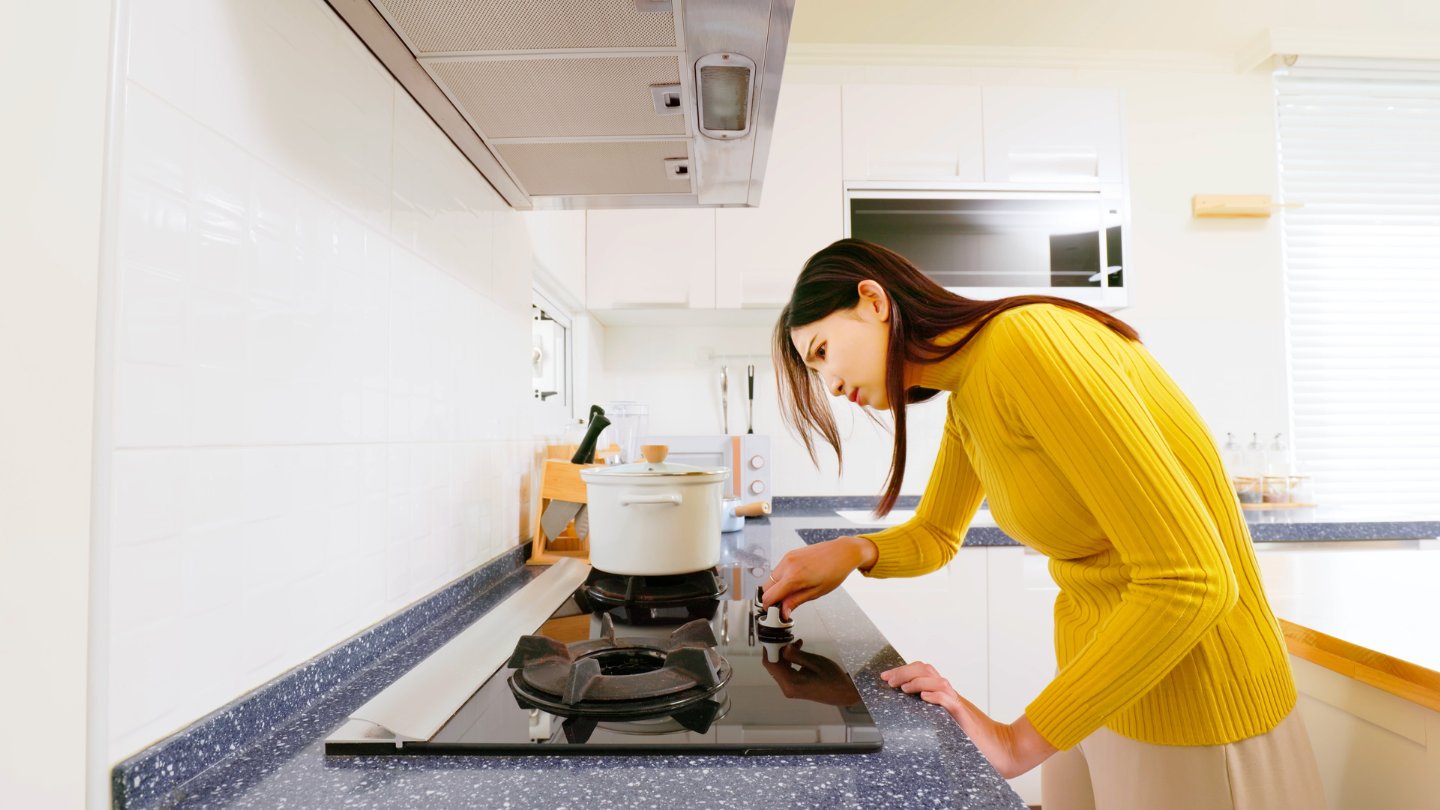
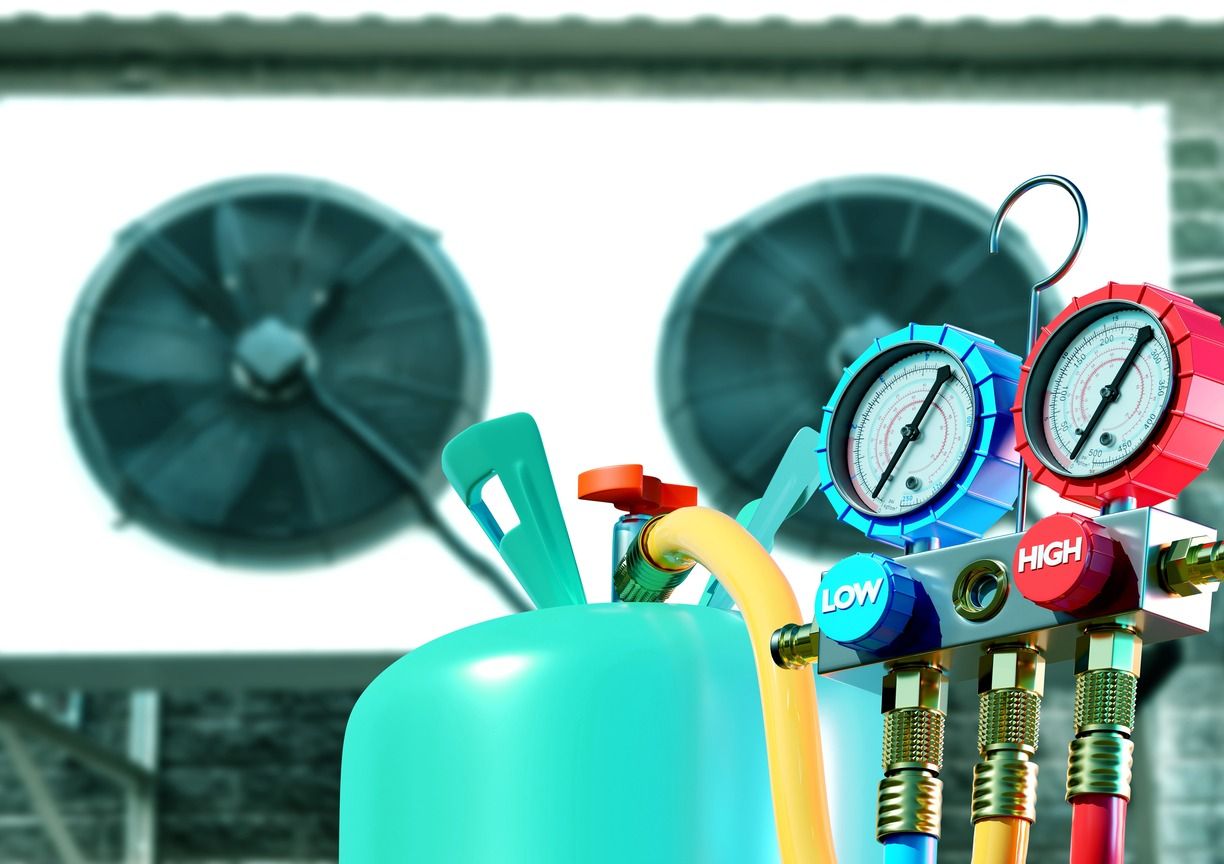
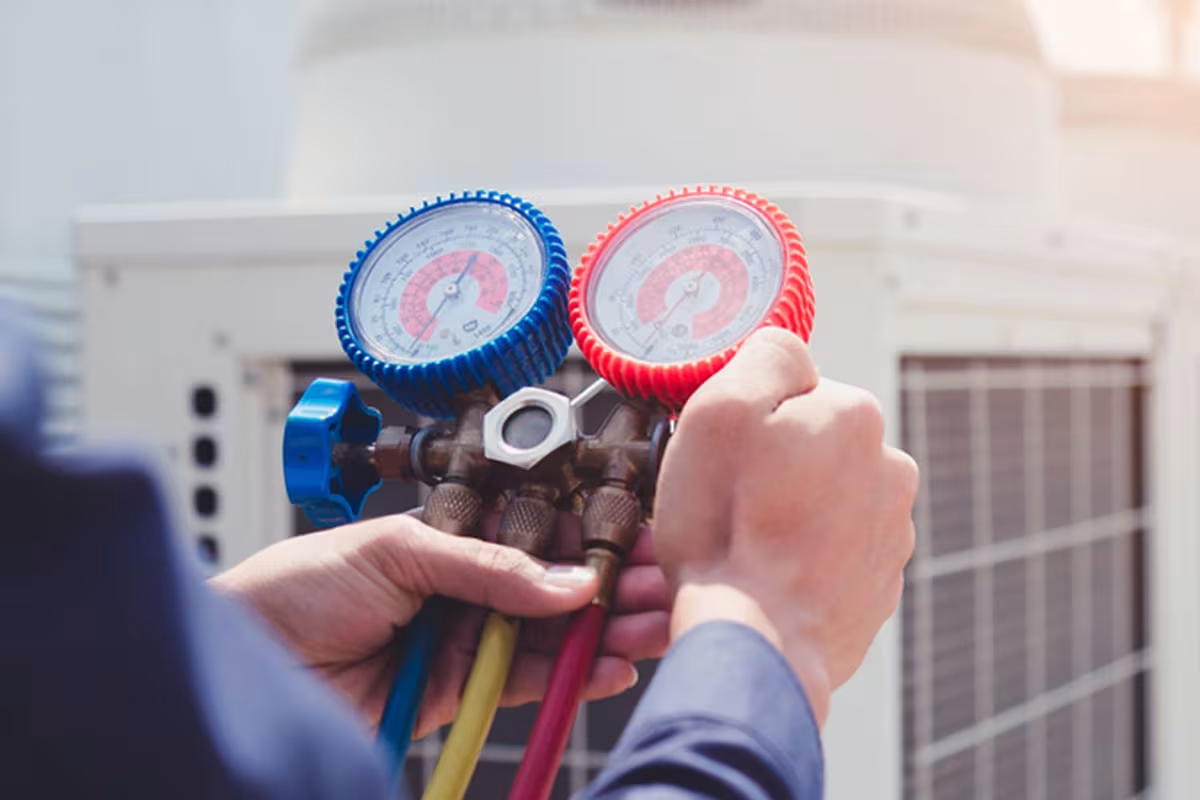

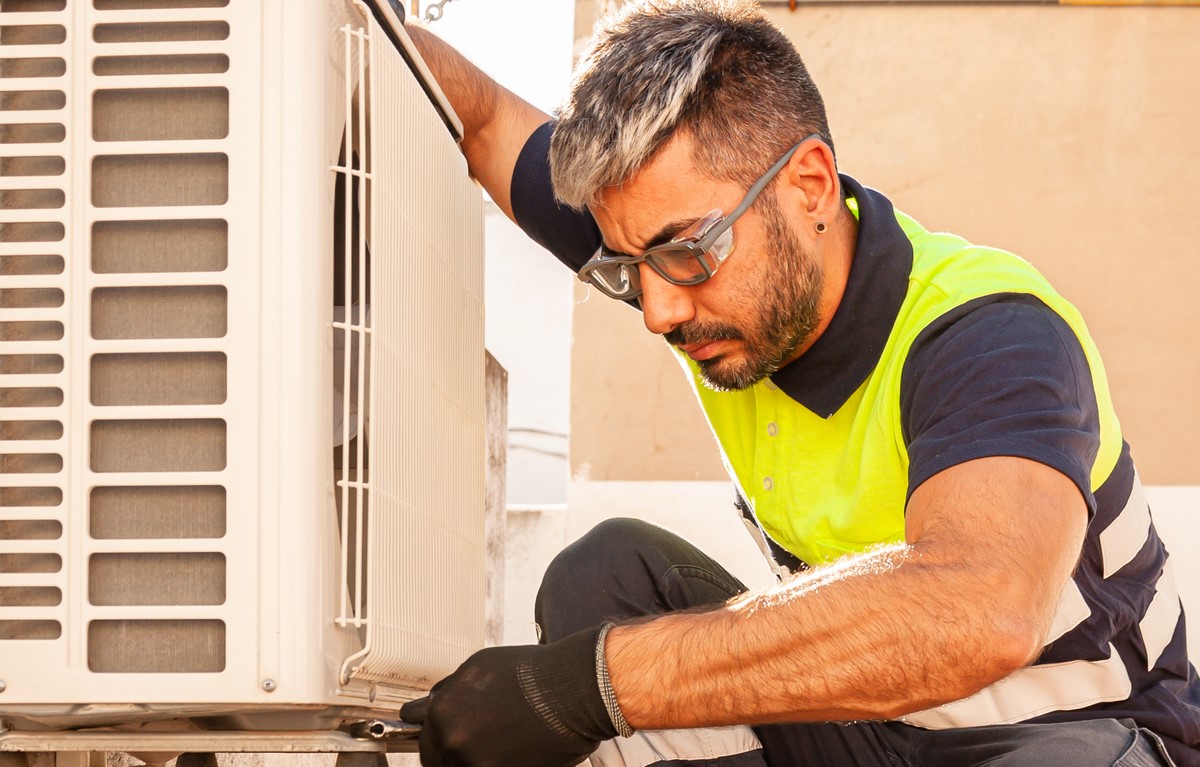
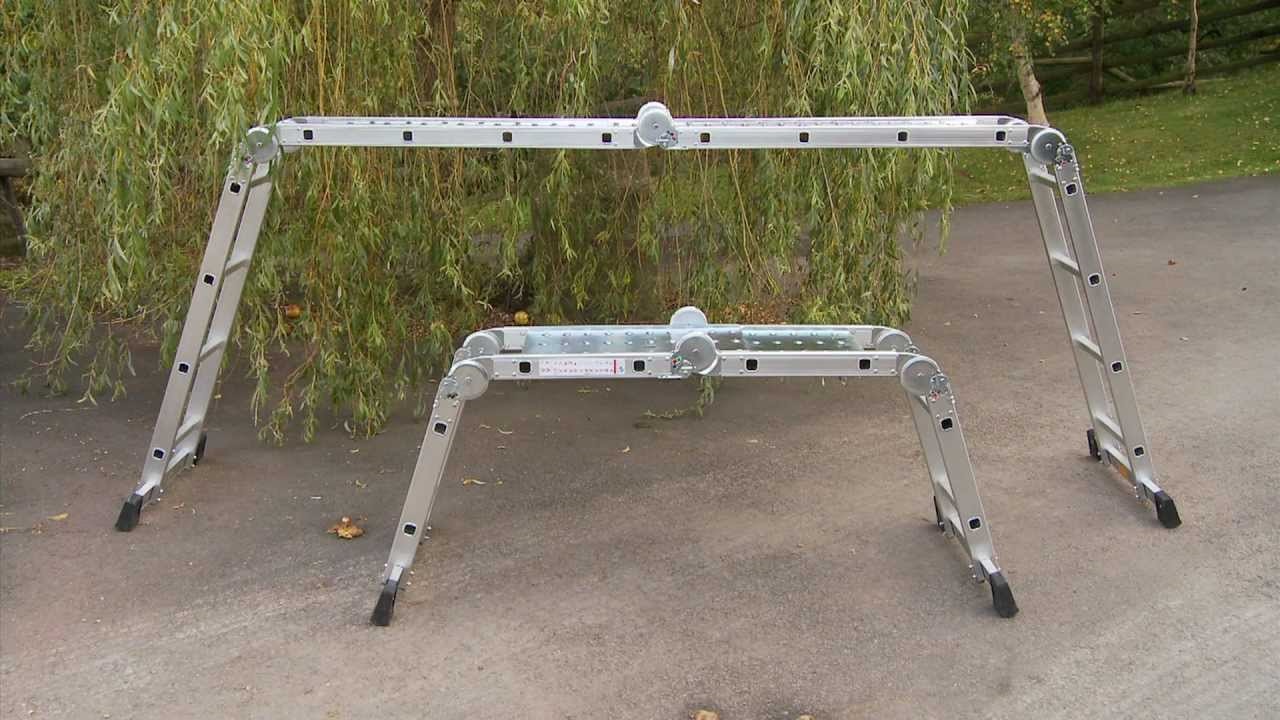
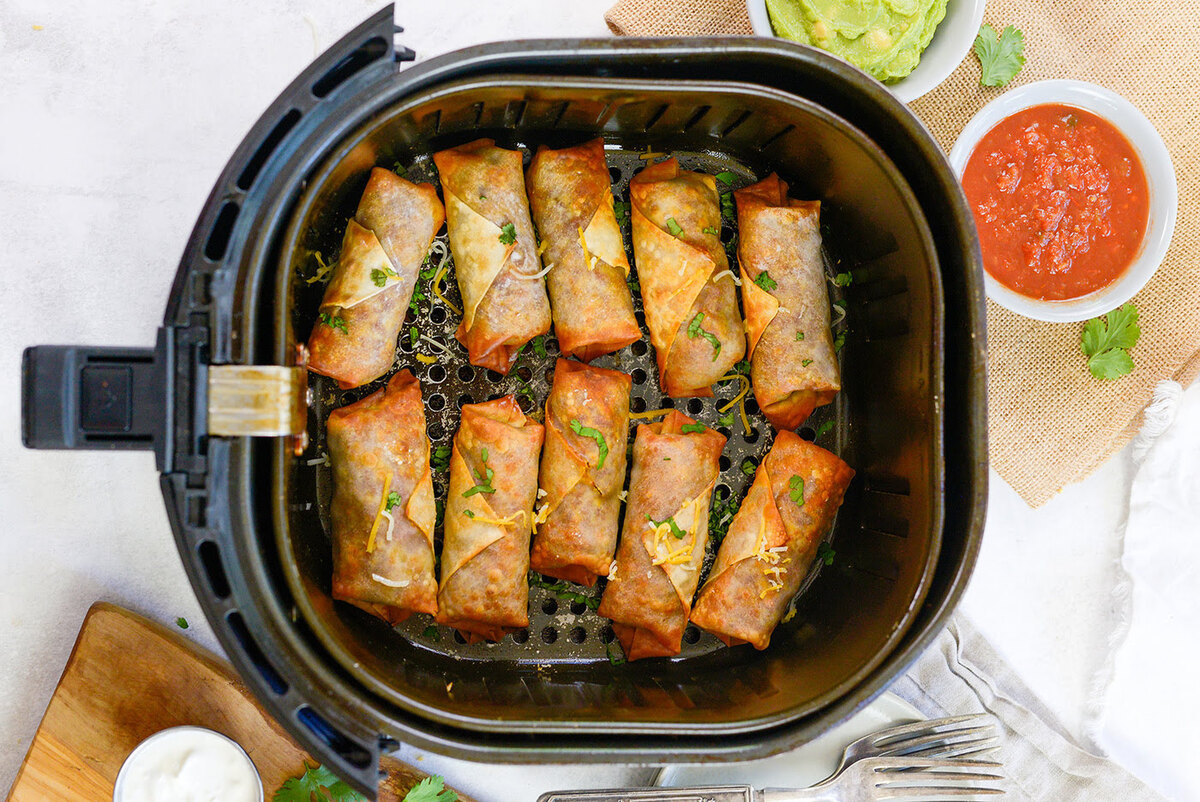

0 thoughts on “How Do Air Fryers Work? Why You Should Add One Your Wish List Now”